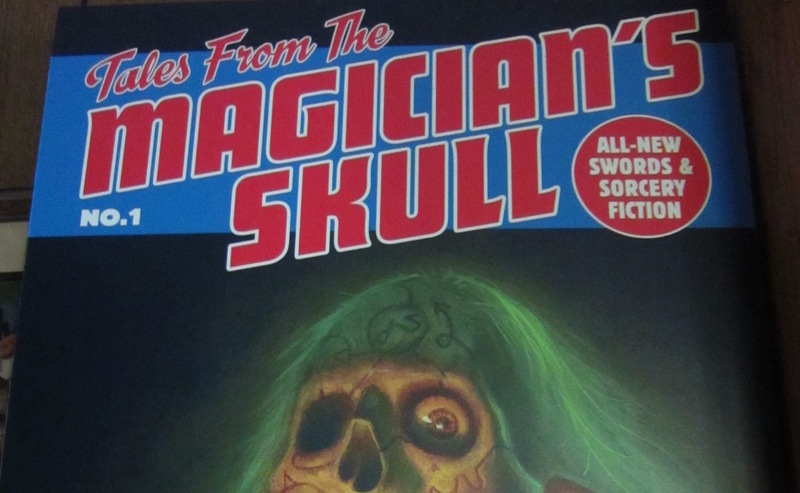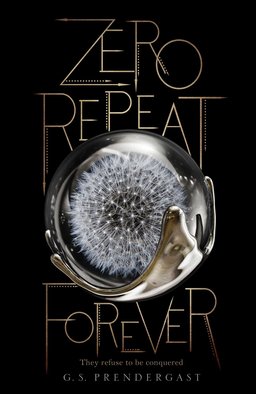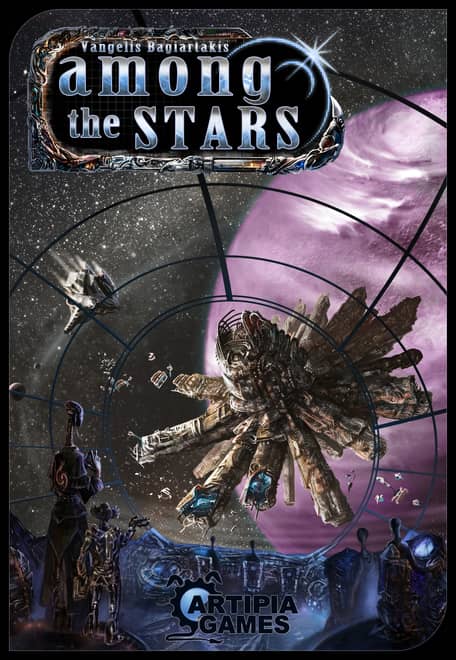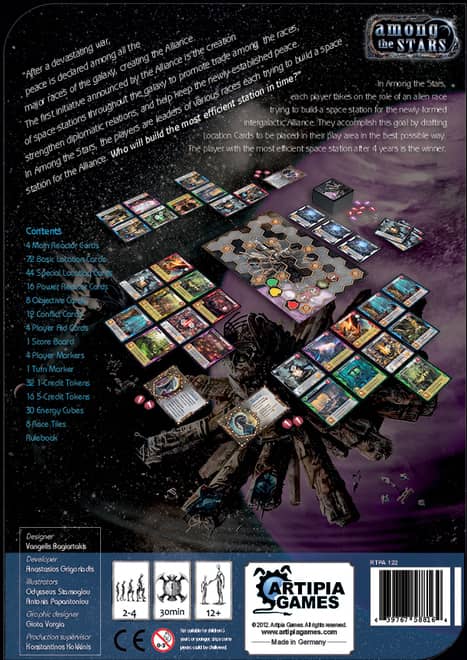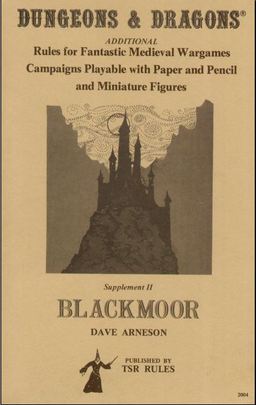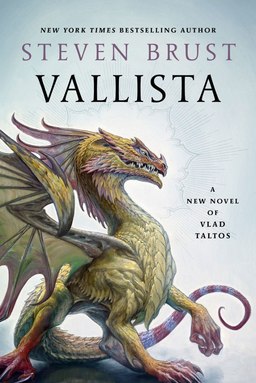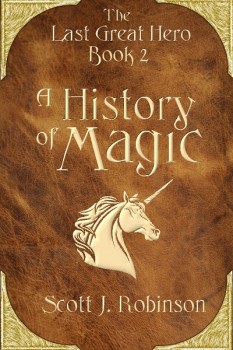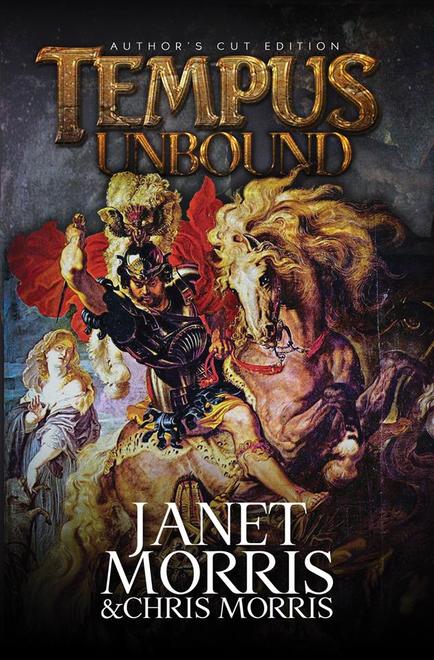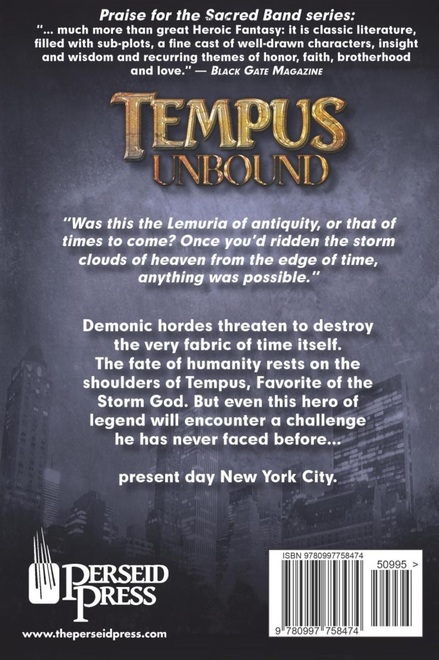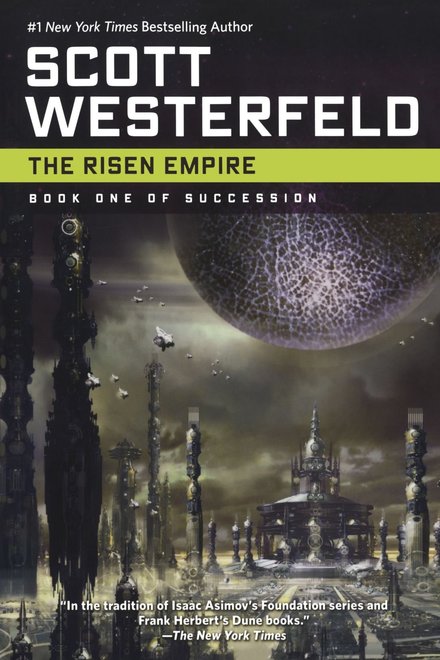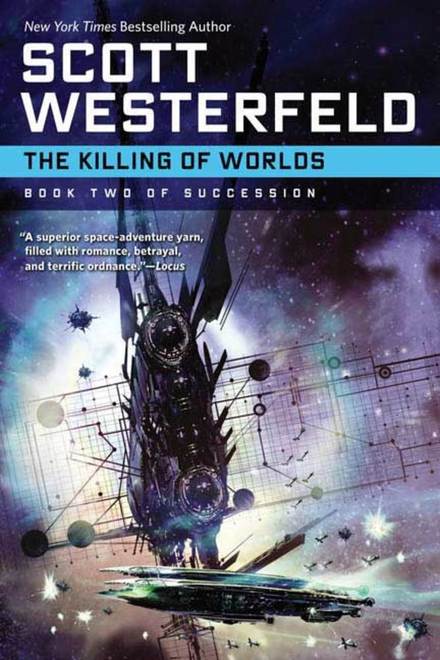Modular: A First Look at Elite Dangerous Role Playing Game

Yes, you read that right!
Elite Dangerous, the current incarnation of the granddaddy of all immersive video games, now has its own tabletop roleplaying game, and I’m sitting here with a review copy.
The problem with the video game is that, even with the new ability to land on airless worlds and trundle around in AFVs, it’s essentially space exploration on the radio. You don’t get to land on the worlds with interesting cultures and brawl with gangsters or tread the mean streets, or avoid being the main course at a barbaric religious ceremony. A tabletop roleplaying game has the potential to supply those missing experiences. But does the franchise really need its own game? (As you’ll see, “Yes, actually.”)

Frankly, I half-expected Elite Dangerous Role Playing Game (EDRPG) to be a cynically put together I can’t believe it’s not Traveller-lite (please don’t send round lawyers with pulse lasers) with a detailed trade mini-game. Instead I found myself reading what’s clearly a labor of love that emulates a different corner of the Star Punk genre, and does so with an emphasis — in the core rules — on what you do when you’re not trading. It’s also loaded with material pitched for beginner GM’s, but — again in the core rules — assumes some familiarity with the computer game; not disastrous, but confusing if you haven’t played Elite seriously in four decades (I’m told there will be free material on the website to help with this).
Given Elite Dangerous has 2-3 million players, and a cult of enthusiasts who enjoy the “shared” part of “shared escapism,” Elite Dangerous Roleplaying Game promises to be an instant modern classic. It’s a good thing, then, that the game mechanics are elegant, but more refined than innovative, which is what you want in something obviously intended as a workhorse to support happy years of sandbox gaming.
Let me unpack some of that.
